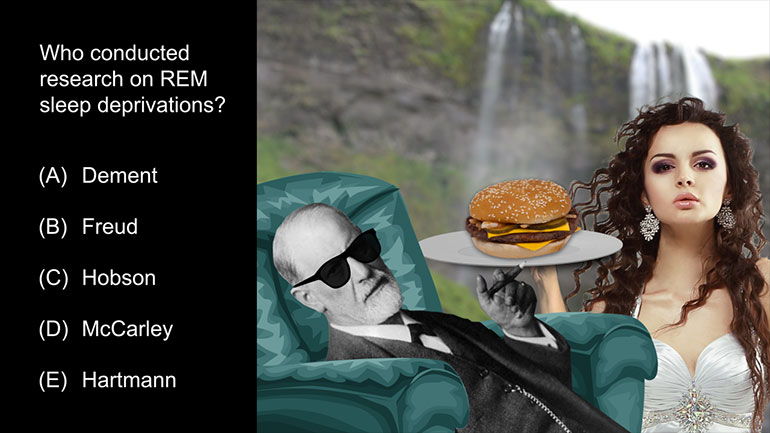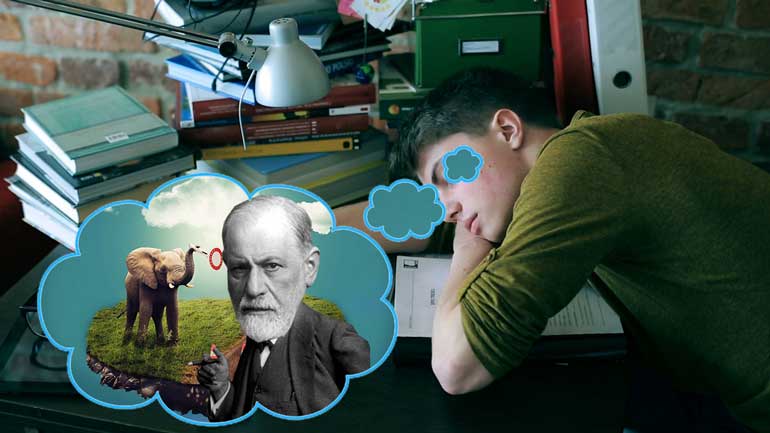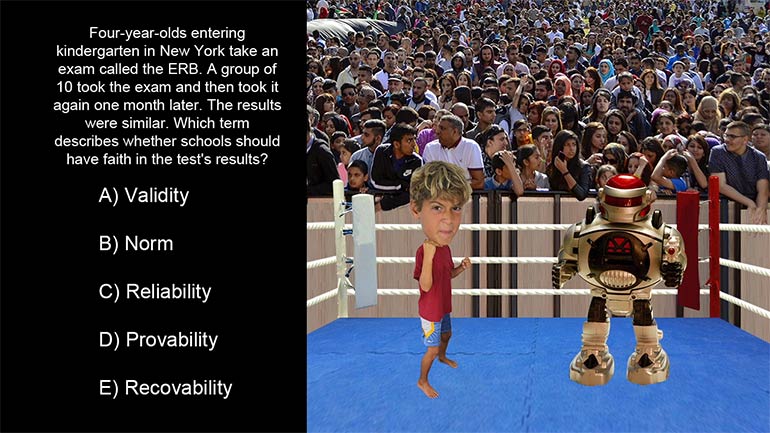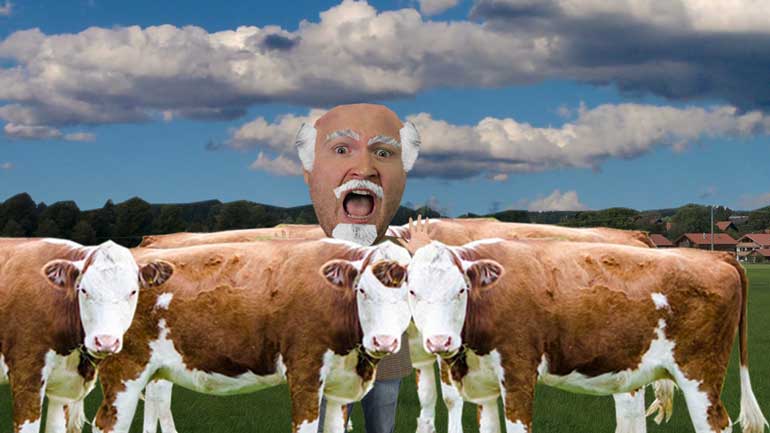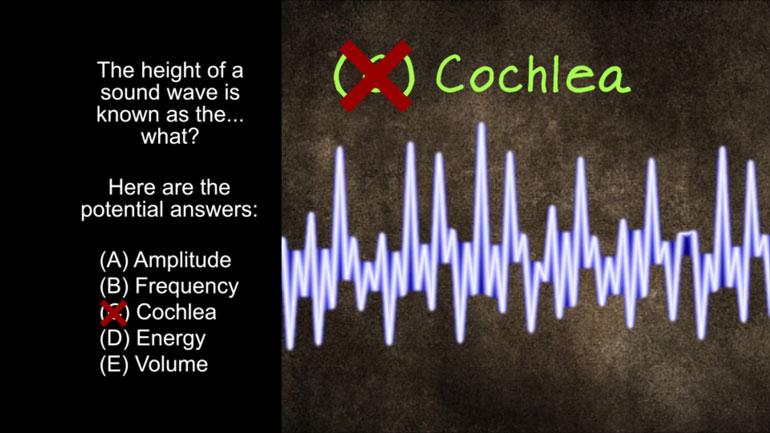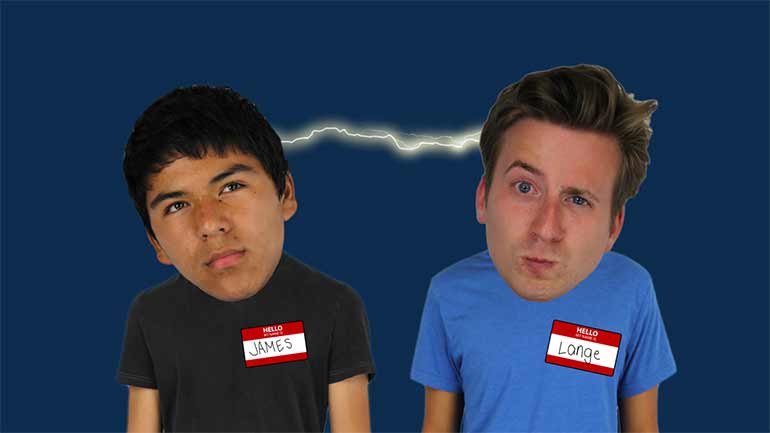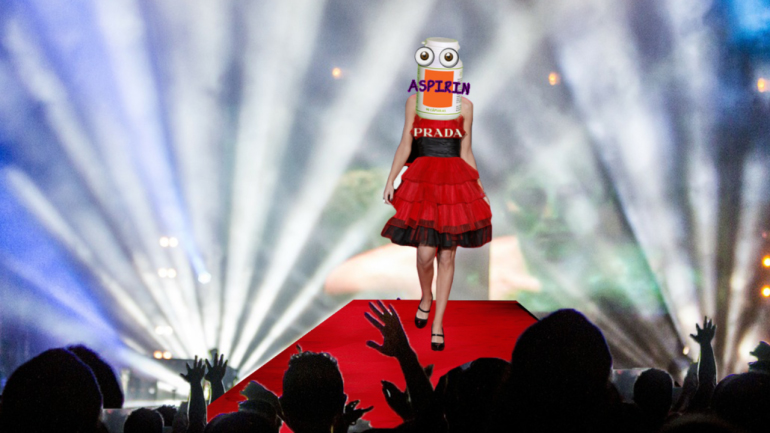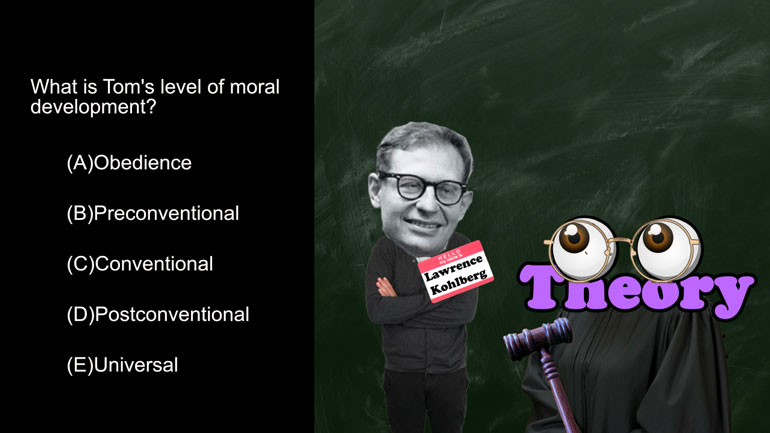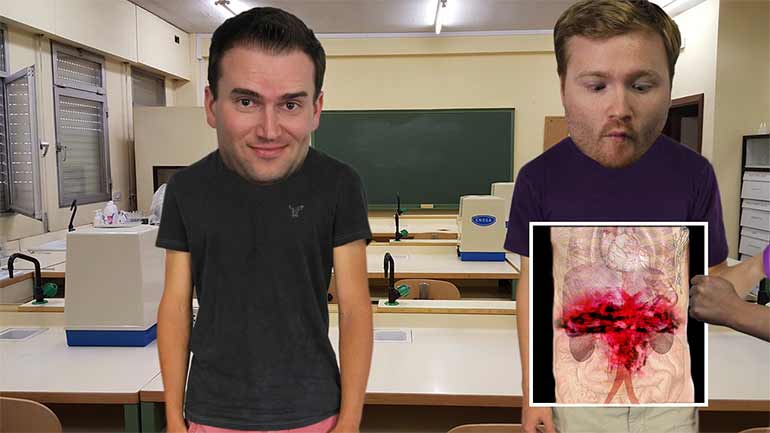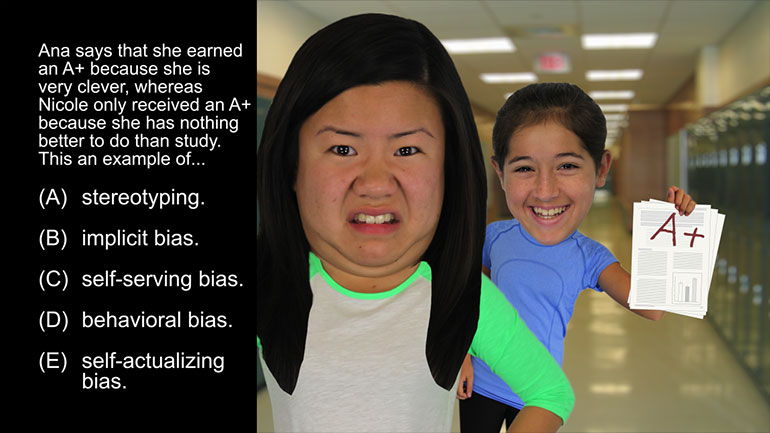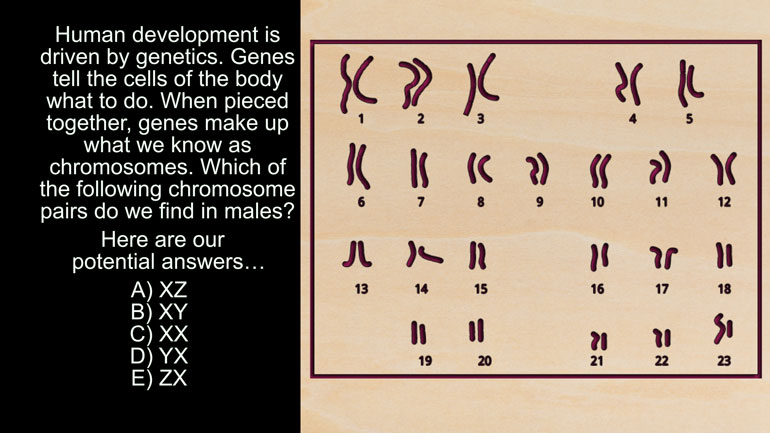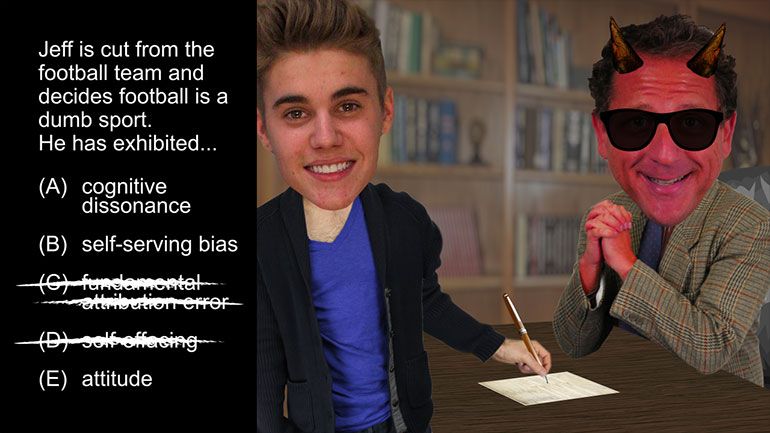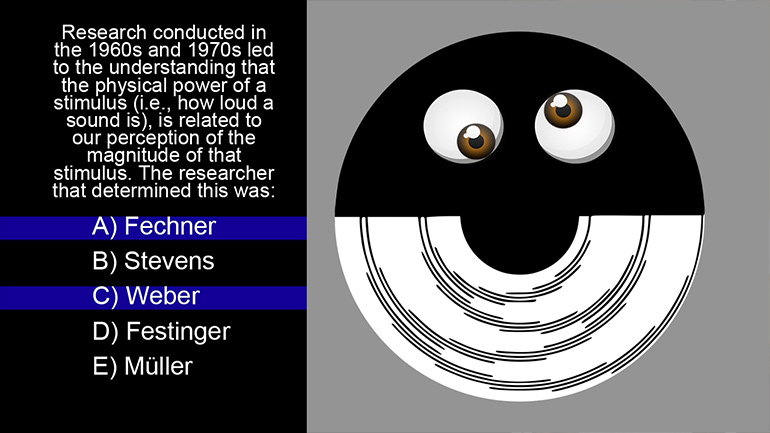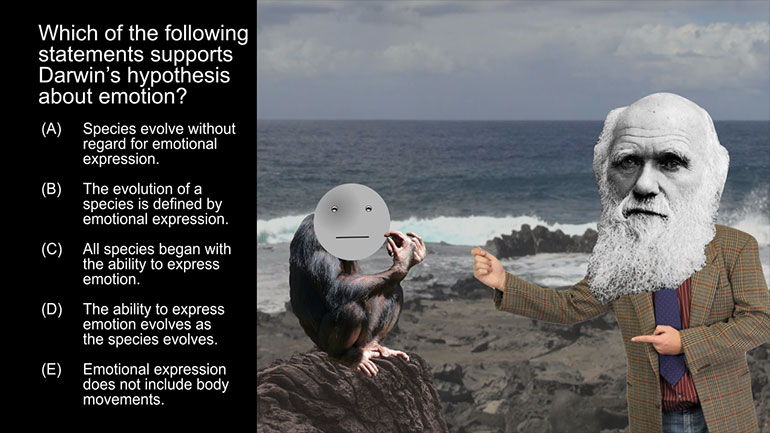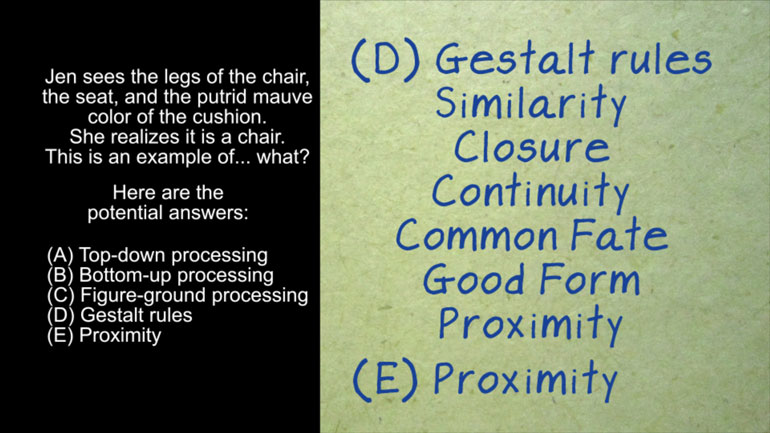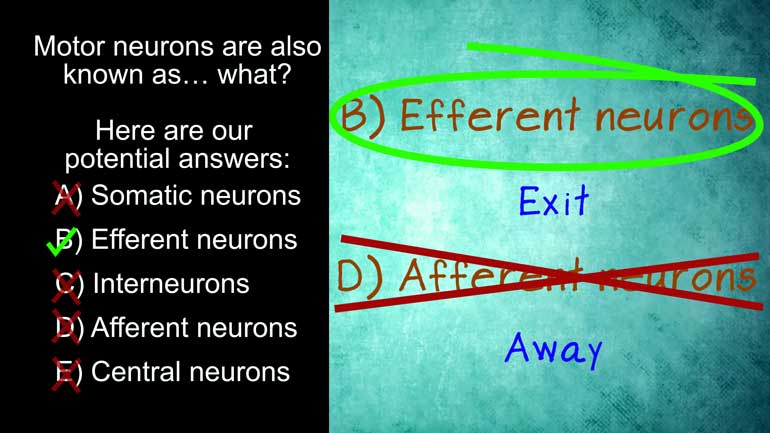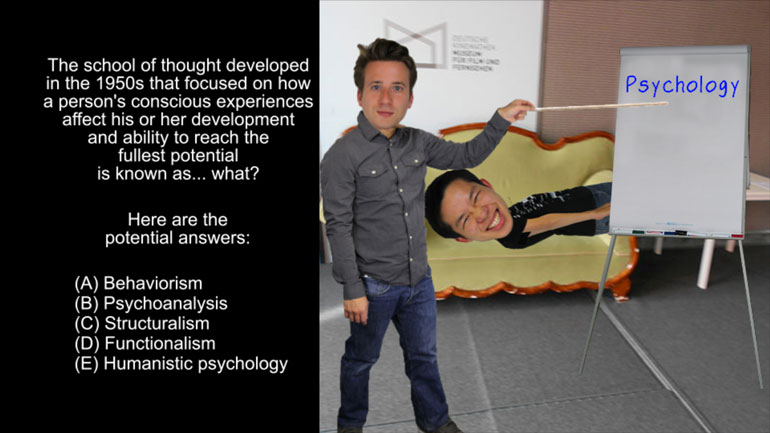ShmoopTube
Where Monty Python meets your 10th grade teacher.
Search Thousands of Shmoop Videos
AP Psychology Videos 163 videos
AP Psychology 2.2 Social Psychology. Which of the following was an independent variable manipulated in Asch's research?
AP Psychology 1.1 Personality. According to Freud, these three parts of personality are constantly in conflict.
AP Psychology 1.1 Sensation and Perception. The process by which the brain can turn sensory stimuli from the outside world into electrical signals...
AP Psychology 2.2 Social Psychology 359 Views
Share It!
Description:
AP Psychology 2.2 Social Psychology. Which of the following was an independent variable manipulated in Asch's research?
Transcript
- 00:04
And here's your shmoop du jour brought to you by Solomon Asch
- 00:07
whose research into conformity was both groundbreaking and significant [Solomon stood as sheep walk past]
- 00:11
that is unless you don't agree then we take it back it we'll go with whatever
- 00:15
you say..All right here's question which of the following was an independent
- 00:21
variable manipulated in Asch's research and your potential answers right there.....
Full Transcript
- 00:28
all right well let's take a look at him choose one say it aloud now what if we [Finger pointing to potential answers]
- 00:35
told you that nine out of ten dentist recommended you select answer E would
- 00:39
you change your mind why dentists? well it worked for the toothpaste ad, why
- 00:44
wouldn't it work here alright Solomon Asch is famous for his work in [Dentists gathered together with a toothpaste advert]
- 00:48
conformity you know sheep following sheep his famous test went a little
- 00:52
something like this he brought a group of male students into a room under the [Asch testing a group of male students in a classroom]
- 00:56
guise of a vision test and showed them these images, their task was simple say
- 01:01
which line on the right was the same length as the one on the left needless [Asch pointing to lines at the front of the class]
- 01:07
to say the answer wasn't exactly rocket science but here's the trick all but one
- 01:11
of the men in each group were in on it and we're told to supply the wrong [Male students giving a wrong answer for Asch's question]
- 01:15
answer the real test would be to see if the unaware participants would actively
- 01:20
choose an obviously incorrect response in order to conform with the group and [Male students actively selecting the wrong answer]
- 01:26
we know what you're thinking there is no way you would ever choose the wrong line
- 01:29
in such an easy test or maybe you're not in which case let me suggest some new [Boy wearing glasses pointing]
- 01:35
glasses but here's the thing they did conform over 12 separate trials around
- 01:40
75 percent of the participants conformed at least once so to answer your mom's
- 01:44
age old question if everybody jumped off a bridge well about 75% of people would [Mom telling off her son]
- 01:49
also take the plunge...All right now that we understand the study we can start to
- 01:53
eliminate answers. E obviously isn't it because there wasn't any shocking being [Lightning flashing]
- 01:58
done that is unless you can know the shock each participant must have felt
- 02:02
when every single other person picked the obvious wrong answer and we have a [Student in shock at others picking the wrong answer]
- 02:07
feeling the only thing their dietary habits affected was the amount of gas
- 02:10
they felt the while they made the decision. Ethnicity wasn't relevant [Boy farts then laughs]
- 02:14
either otherwise the conclusion probably would have stated the different levels
- 02:18
of conformity based on ethnicity which it didn't and the number of participants [A bar chart with US, Mexico, China and UK flags]
- 02:23
never changed it was always one naive and honest participant in with a group
- 02:27
of big fat phonies, what did change across the many different trials was the size
- 02:32
of each group, Asch found that people were more likely to conform in smaller groups [Two circles with different sized groups of people]
- 02:37
than in larger ones this was due to the fact that they felt less anonymous and
- 02:41
therefore more self-conscious about standing out well A is the answer we're
- 02:44
looking for except A isn't actually right at all the answer is E, seriously,
- 02:49
everyone at Shmoop picked E didn't you? mhmmm, just kidding. It's still A [Dentists agreeing to the answer A]
Related Videos
AP Psychology 1.1 Personality. According to Freud, these three parts of personality are constantly in conflict.
AP Psychology 1.1 Sensation and Perception. The process by which the brain can turn sensory stimuli from the outside world into electrical signals...
AP Psychology 1.1 Social Psychology. Which of the following best describes social psychology?
AP Psychology 1.1 States of Consciousness. Who conducted research on REM sleep deprivations?
AP Psychology 1.2 Cognition. Which of the following strategies would work best for generating new ideas?




